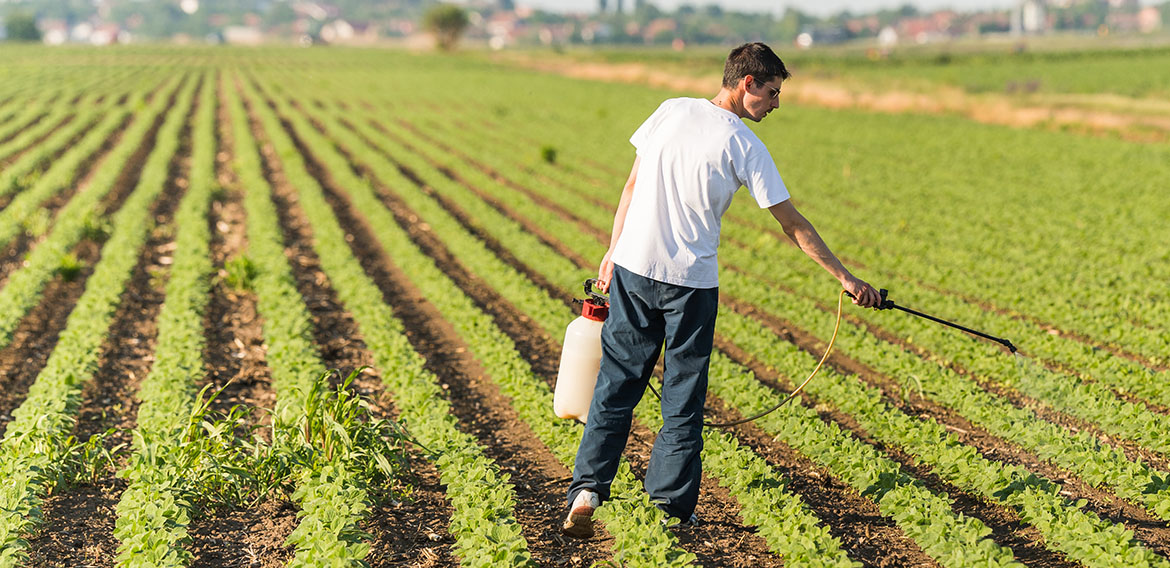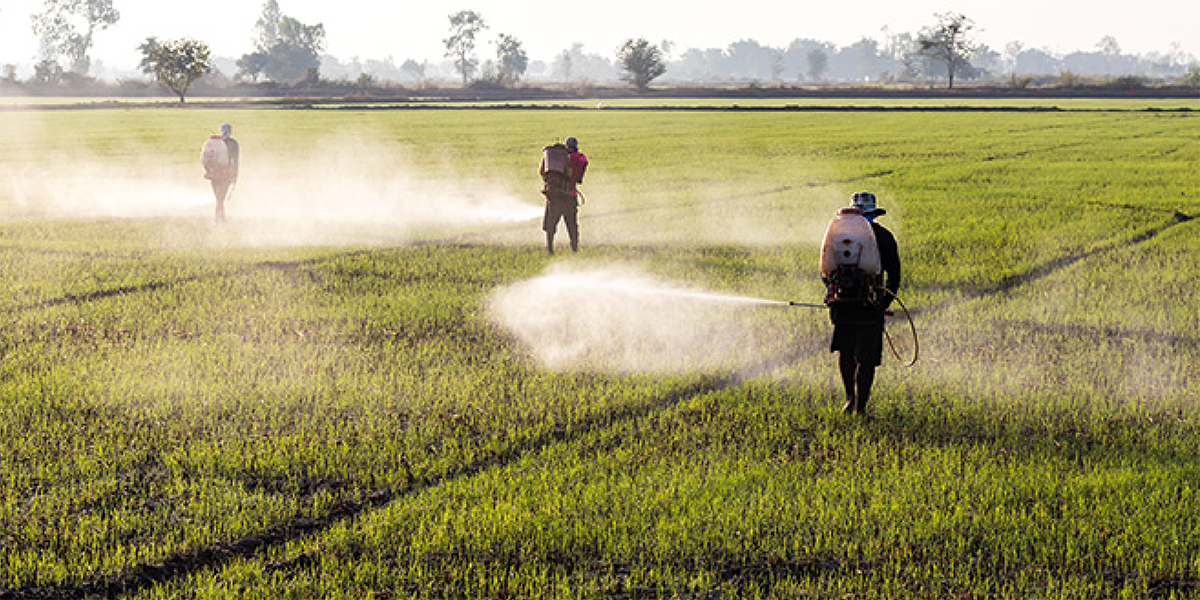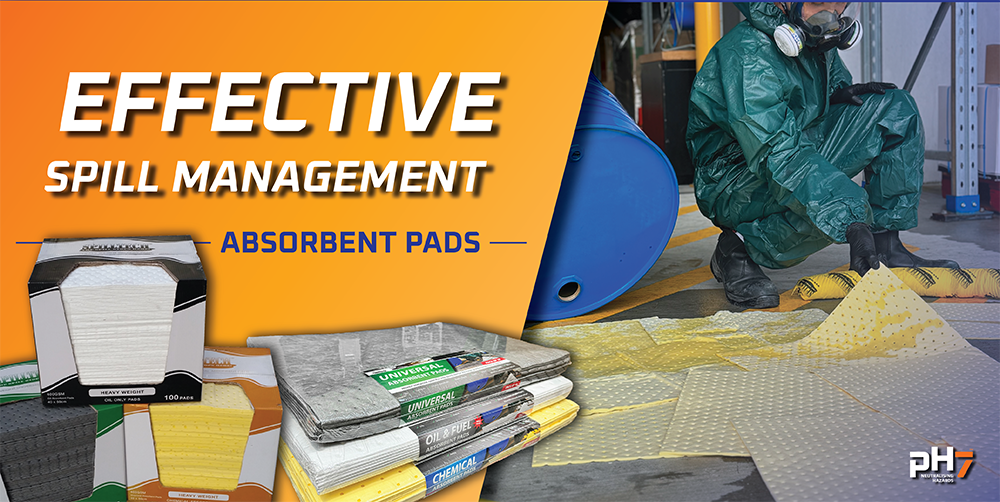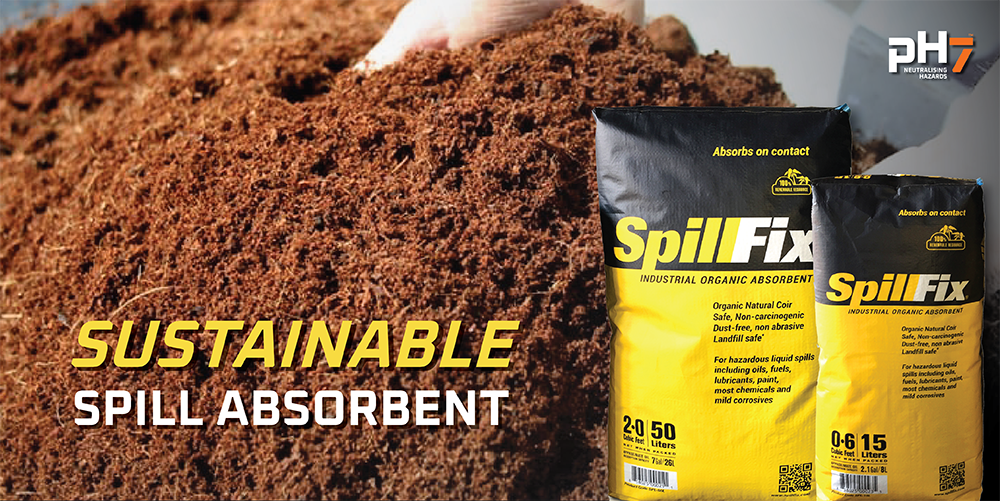What does WorkSafe New Zealand see as the most pressing problems on farms when it comes to hazardous substances?
Whether it’s fuel, cleaning products or agricultural chemicals, hazardous substances are part and parcel of day-to-day life on any working farm in New Zealand.
And while workplace safety incidents account for between 45 and 60 deaths in workplaces around the country every year, more than 10 times that number of fatalities are estimated to be caused by exposure to occupational health risks – including hazardous substances.
So, ahead of December 1, 2017, when the new Health and Safety at Work (Hazardous Substances) Regulations will come into force, we spoke to Darren Handforth, WorkSafe’s Chief Inspector Assessments for the Southern region, about what he calls the “staggering” figures of 600 to 900 people dying each year from diseases caused by health risks associated with their work and WorkSafe’s role in bringing down the fatality rate on our farms.

Chronic risks
As well as the acute risks associated with working with hazardous substances typically found on New Zealand farms, Darren says a key issue facing those handling, using or coming into contact with some chemicals is their long-term health implications. And because these chronic risks can sometimes take decades to manifest themselves, they can be overlooked.
“A large percentage of health-related deaths in the workplace are related to exposure to agricultural chemicals because we are using a wide range of them on farms but not necessarily managing those risks very well. Because the health exposure risks from agricultural chemicals have a long latency period – typically 25 to 30 years –it removes the obvious immediate risks that you associate with safety incidents like quad bikes.
“For me, one of the things I see is a lack of appreciation from some farmers that these chemicals and fuels are poisonous (toxic), how poisonous it is and how it can damage health over time. A large part of that is farmers not necessarily having the understanding of what they need to do to handle these substances, the risks associated with their use and how to keep themselves safe.
“And this isn’t just about wearing a respirator if you are spraying but also knowing whether you could substitute that hazardous product for something that is going to be just as useful on the farm but is nowhere near as harmful.”
Inappropriate storage
Darren says inspectors do see farms where hazardous substances are stored inappropriately – for example, by failing to segregate different classes such as class 6 toxic cyanides held alongside class 8 corrosive acids– and it is surprising how many farmers are uncertain about how they go about storing these substances.
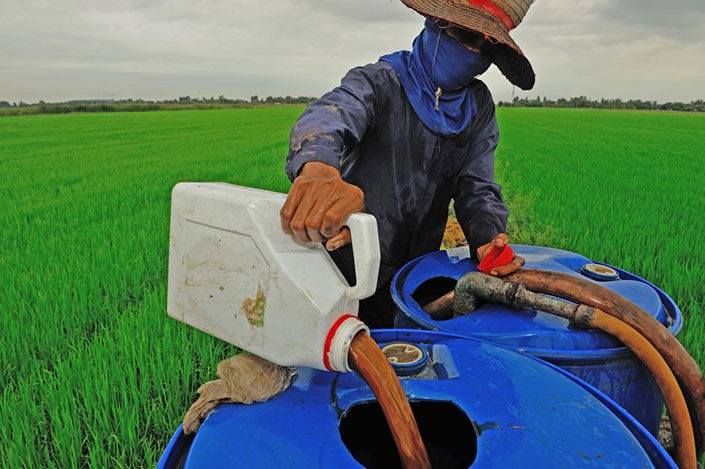
“Potentially this is more to do with the fact that they don’t always have access to the appropriate information. Safety data sheets are the most useful tool farmers can have to determine the hazards and risks associated with how to use and store substances.
“A standard SDS will contain all the information in 16 sections to cover everything from usage and storage to spill response because things do go wrong and you need to know what equipment you need to clean it up.”
Problems arising from the incorrect use of these data sheets include:
- Missing data sheets. Either because farmers don’t know to ask for them from suppliers or they’re not given out by suppliers on first purchase.
- Out of date safety data sheets. There’s a requirement that they must be no older than five years.
Length of time substances are stored
Although Darren says it’s better than it used to be, WorkSafe inspectors still find stocks of hazardous substances dating back decades – a situation that need not arise since local authorities provide a free service for disposing of old agricultural chemicals at a transfer station.
“We encourage farmers to use that service because when you look at risk management, a first step is to look at whether a farmer can eliminate that risk – in other words can they actually remove or reduce quantities of chemicals. Most suppliers are continually bringing products on to the market that are just as effective as previous products but are considerably less toxic, so that should be spurring farmers to refresh things they have in store and eliminate substances that are more toxic for those that are less toxic.”
Amount of substance stockpiled
Storing over a certain amount of certain classes of hazardous substances triggers the requirement for a location test certificate which is issued by a test certifier after a site visit. A hazardous substance location test certificate may be required where explosive, flammable or oxidising substances are stored or used and the quantity of that hazardous substance exceeds thresholds specified in the legislation and the test certifier is an independent person approved by WorkSafe New Zealand to issue test certificates which confirm that individuals, sites or containers are compliant with the hazardous substances legislation. For example, if a farm is larger than 4 hectares and you store 2000 litres or less of petrol you won’t need a location test certificate but if you’re over that amount you’re required to call a test certifier.
Darren says one of the key issues his inspectors see is around stationery fuel containers – above and below ground – where diesel over 5000 litres or petrol over 2500 litres requires a stationary container test certificate.
“So there’s actually a cost to business which should drive the vision that you should only hold what you actually require at any one time or season, and you should not keep substantial extra quantities that will trigger these extra requirements.”
Training and awareness
As well as those running farms ensuring they are meeting their obligations and have the right safety procedures in place for handling hazardous substances, it’s important for all people associated with the farm to be aware of what they are handling.
“We also tend to find some famers are not necessarily giving people that are handling the hazardous substances the safety information and training that’s required to, for instance, spray Roundup in the paddock to get rid of gorse. And so workers are not getting that initial level of awareness about the level of toxicity around the product they are using or the types of things they need to do to be safe when using that product.”
Complacency
Darren says that the lack of “outrage” at the high number of fatalities from exposure to hazardous substances as opposed to workplace injuries and deaths shows that there is still a “bit of complacency” surrounding health risks on farms.
“We do still see people coming in and having a cup of tea with their coveralls on because people don’t appreciate what they’re being exposed to. So it comes back to those key points that you must give the people handling those substances the right safety training and information because, if they’re not aware of a particular product being carcinogenic, for example, they’re just going to blithely spray it around the paddock potentially with no kind of PPE and are fundamentally exposing themselves to something that will develop a longer latency harm over a 25 to 30-year timeframe. It is really about providing information and awareness and making sure those conversations are happening throughout our farming community.”
ph7 International has a long history of working alongside New Zealand’s farming community. For more information about safety equipment, handling or storing hazardous materials, and current regulations, contact us on 0800 323223, sales@dilnz.co.nzor via the website.

